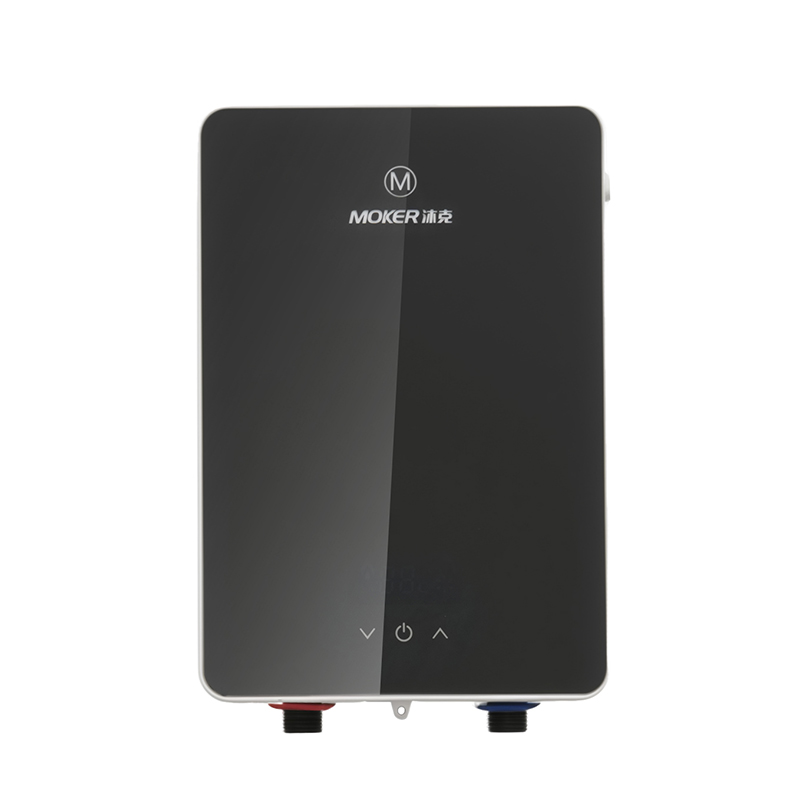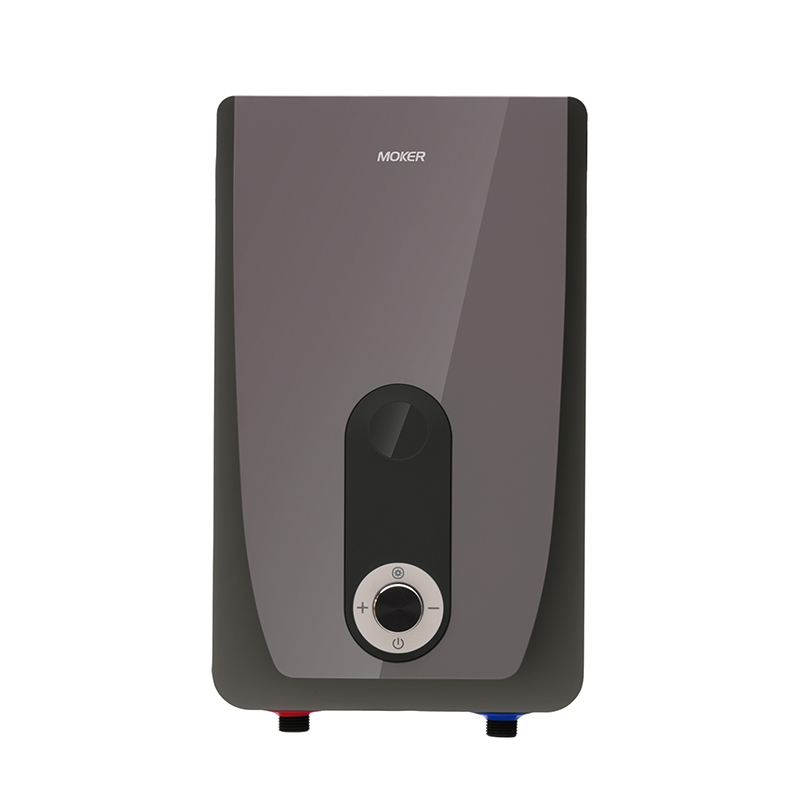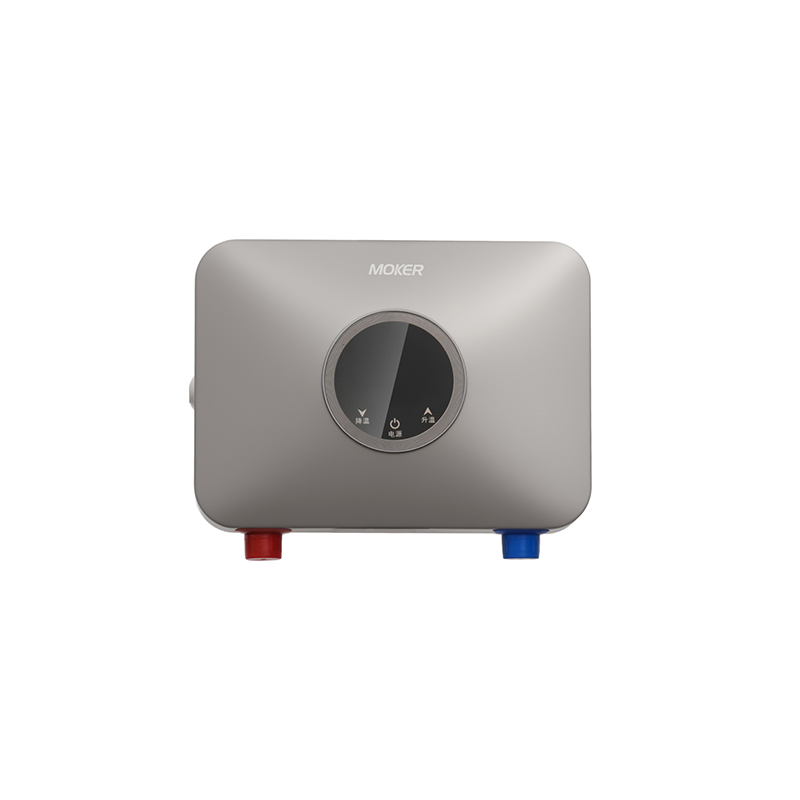Energy Efficiency Levels and Energy-Saving Optimization of Different Water Heaters
Energy efficiency levels refer to standardized ratings that measure water heater’s ability to convert energy into usable hot water—higher levels mean less energy waste. Energy-saving optimization includes practical methods to reduce water heater’s energy consumption without sacrificing performance. These two factors directly impact long-term energy bills and environmental impact. Electric water heater, Tankless Water Heater, Instant water heater, electric tankless water heater, and instantaneous water heater electric each have distinct efficiency traits and optimization paths, shaped by heating mechanisms and design.
Electric water heater typically has a medium energy efficiency level, ranging from ENERGY STAR® Tier 2 to Tier 3 (on a 1–5 Tier scale). A standard 50-gallon Electric water heater has an Energy Factor (EF) of 0.90–0.95, meaning 90–95% of energy is used for heating water, with 5–10% lost to standby heat. Energy-saving optimization for Electric water heater includes wrapping the tank in an insulation blanket (reducing standby loss by 10–15%), setting the thermostat to 120°F (vs. 140°F, cutting energy use by 5–8%), and using low-flow showerheads (reducing hot water demand by 20–30%). For larger households, pairing Electric water heater with a heat pump (hybrid Electric water heater) boosts EF to 3.0–3.5, doubling efficiency by using ambient air to preheat water.
Tankless Water Heater has a high energy efficiency level, often reaching ENERGY STAR® Tier 4 to Tier 5. Gas Tankless Water Heater has an EF of 0.82–0.94, while electric Tankless Water Heater has an EF of 0.95–0.98—both have no standby loss (only heating water when used), a key advantage over Electric water heater. Energy-saving optimization for Tankless Water Heater includes installing a recirculation pump (reducing water waste by 30–40%, as users don’t wait for cold water to clear), descaling the heat exchanger annually (maintaining EF by 5–10%), and using zoning (heating only the water needed for specific areas, e.g., bathrooms vs. kitchens). For homes with gas access, gas Tankless Water Heater is more energy-efficient than electric variants, as natural gas often costs less per BTU than electricity.
Instant water heater has a medium-low energy efficiency level, with an EF of 0.85–0.90. Instant water heater’s small tank (1–5 gallons) reduces standby loss compared to full-sized Electric water heater, but its high-wattage elements (2–5 kW) use more energy per gallon of hot water. Energy-saving optimization for Instant water heater includes using it only for under-sink tasks (e.g., dishwashing, not showers, cutting unnecessary use by 40–50%), installing a timer (turning it off during non-use hours, saving 15–20% energy), and pairing it with a point-of-use filter (preventing scale buildup that lowers efficiency). Instant water heater’s efficiency drops significantly if used for high-demand tasks, so limiting its use to small-scale needs is critical.
electric tankless water heater has a high energy efficiency level, with an EF of 0.94–0.97. electric tankless water heater combines the no-standby-loss benefit of Tankless Water Heater with the energy efficiency of electric heating, making it suitable for homes without gas. Energy-saving optimization for electric tankless water heater includes adjusting the flow rate to match demand (e.g., 1.5 GPM for handwashing vs. 2.5 GPM for showers, saving 10–15% energy), installing a voltage regulator (preventing power surges that waste energy), and placing it near hot water outlets (reducing pipe heat loss by 20–25%). Unlike gas Tankless Water Heater, electric tankless water heater requires no venting, which also reduces indirect energy use (e.g., no fan or vent maintenance).
instantaneous water heater electric has a low energy efficiency level, with an EF of 0.75–0.80. instantaneous water heater electric’s micro-coil (1–2 kW) is inefficient at converting energy—much heat is lost to the surrounding air due to its compact, uninsulated design. Energy-saving optimization for instantaneous water heater electric is limited but includes using it only for 10–15 second tasks (e.g., hand rinsing, not face washing, cutting use time by 50–60%), placing it in a warm location (e.g., near a heater, reducing heat loss by 5–10%), and unplugging it when not in use (avoiding standby power draw of 1–2 watts per hour). instantaneous water heater electric is best used as a temporary solution, as its low efficiency makes it costly for long-term use.
Energy efficiency levels and optimization align with water heater’s design: Tankless Water Heater and electric tankless water heater offer the highest efficiency; Electric water heater improves with hybrids; Instant water heater and instantaneous water heater electric require careful use to save energy. Choosing a high-efficiency water heater and applying optimization methods cuts both energy bills and carbon footprints, making it a cost-effective and eco-friendly choice.





